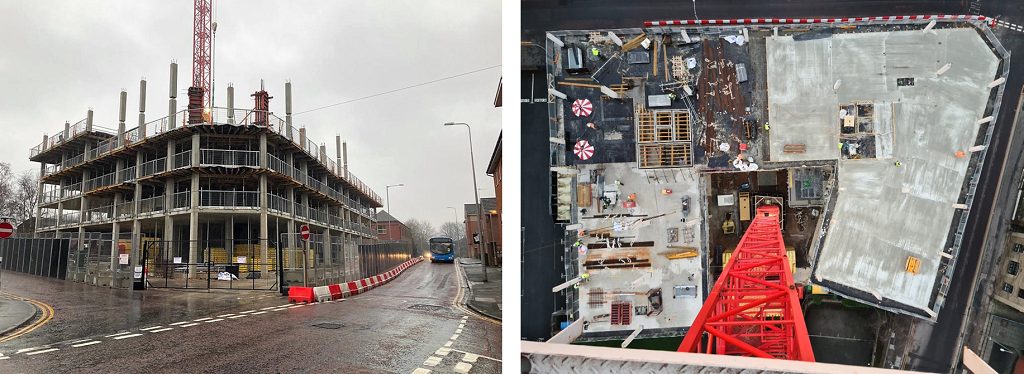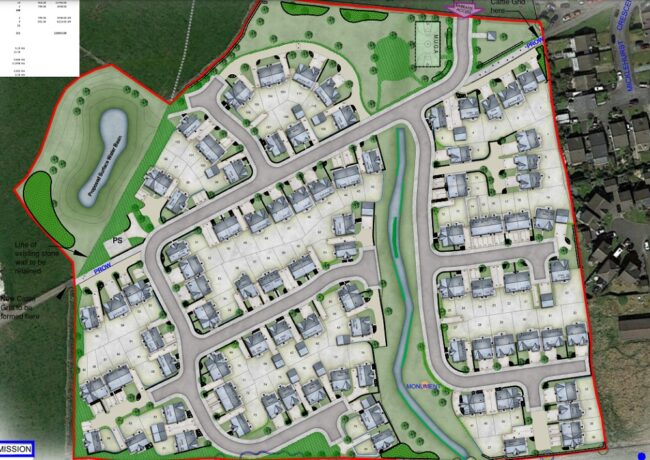Commentary
COMMENT | Unlocking brownfield land: Preston City Living Strategy
The delivery of brownfield land is firmly back on the agenda, writes Stuart Sage of Hive Land & Planning.
Emerging national planning reforms, political reluctance to release greenfield land, and the multiple government-funded grant programmes to unlock stalled sites all point in one direction – a greater emphasis on development of brownfield land. The issue many local authorities face is how to actually unlock and deliver sites, often in the context of a lack of internal resources and finance.
A good example of an exemplary approach to identifying, unlocking and kickstarting the delivery of brownfield is that of the Preston City Living Strategy. Here, Preston City Council provided an excellent blueprint for other local authorities to follow, with what is now a multiple award-winning scheme, after recently claiming the prestigious Silver Jubilee Cup national RTPI planning award.
What is the City Living Strategy?
The CLS is an innovative model for delivering the vision and policies of the local plan, providing a proactive and bespoke approach to de-risking residential brownfield sites to attract private investment. The CLS includes 50 sites, with a potential capacity for 3,728 homes.
It is aimed at maximising the development of stalled residential sites – in public and private ownership – across inner Preston and the city centre. The key objectives are to boost the supply of affordable and market homes and the regeneration of communities. The strategy is based on the public sector taking an active and tailored role in the delivery of sites.
In summary, the CLS is an approach that identifies and engages landowners, analyses and categorises the potential development sites, stimulates market interest through branding, events and publicity, and, provides a vision that the council officers and members can rally behind.
Hive Land & Planning has been working on the CLS for more than three years and as such we can now reflect on the strategy.
Impressive outcomes
Progress on the delivery of sites has been very positive, with a significant rise in market confidence and developer activity.

The CLS has led to a rise in developments in Preston, including Heaton Group’s Exchange on Pole Street, currently under construction. Credit: Heaton Group
An impressive number of outcomes for the community, economy and environment have been achieved, despite often challenging conditions, including:
- The completion of seven sites
- 1,570 units consented across 15 sites
- Circa 600 housing completions within the city centre and inner Preston within the past 18 months
- 450 units currently under construction in the city centre
- The establishment of significantly higher new benchmark residential rental and sales values in the city centre
Innovative and transferable
The CLS provides a road map from the formulation and adoption of the Local Plan to the delivery of its policies, where there are barriers to delivery. In these circumstances, local authorities can be proactive in addressing market failure and driving delivery.
Our experience is that the CLS allowed us to develop innovative solutions to kick-start delivery, even where the local authority has little leverage in terms of land ownership and funding.
In winning multiple awards for the project, one of the most striking and common views expressed by the judges was that the strategy is underpinned by a robust methodology and suite of key documents, which can easily be transferable to other local authority areas facing similar challenges.
Ingredients for success
Here are the key aspects of the project which I believe have contributed to its success:
- Leadership and governance: Preston City Council recognised at the outset that dedicated funding and external consultant support would be required to establish and implement the strategy, with initial capacity funding from Homes England. Strong governance arrangements and political buy-in were also key
- Evidence base: a robust evidence base ensured confidence and credibility, especially with funding partners. A detailed focus on understanding the technical barriers to the delivery of each site, market knowledge and using that to inform the required interventions and prioritisation was critical
- Collaboration: success has been grounded in the work with partner organisations, especially Homes England, plus landowners, developers and agents. There have been numerous events, correspondence and meetings with multiple stakeholders, all of which have been important to securing buy-in
- Viability: notwithstanding the strategy’s success, many of the sites have a combination of significant abnormal costs and, in some cases, reasonable existing use values. As such, viability is an ongoing challenge
The government’s policy focus on brownfield land through planning reform and the emergence of grant funding programmes provides a great opportunity for local authorities to drive regeneration, and the CLS offers an award-winning blueprint to follow.
- Stuart Sage is director at Hive Land & Planning





